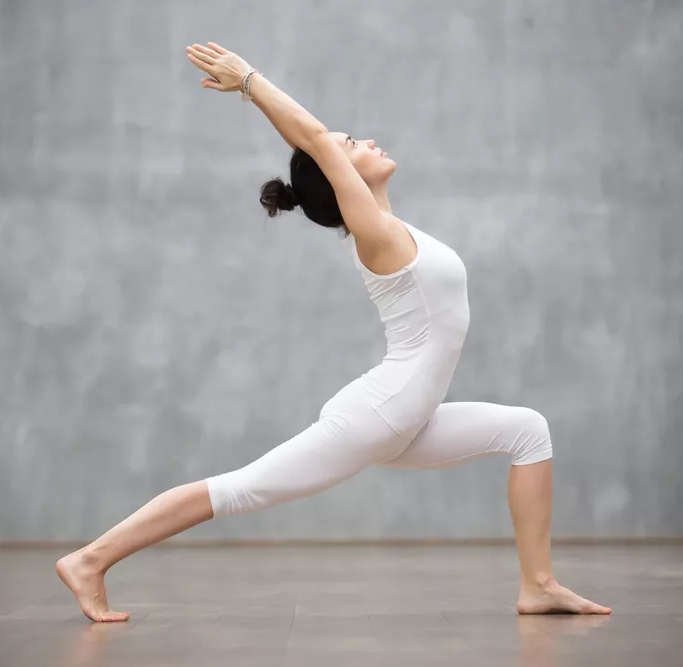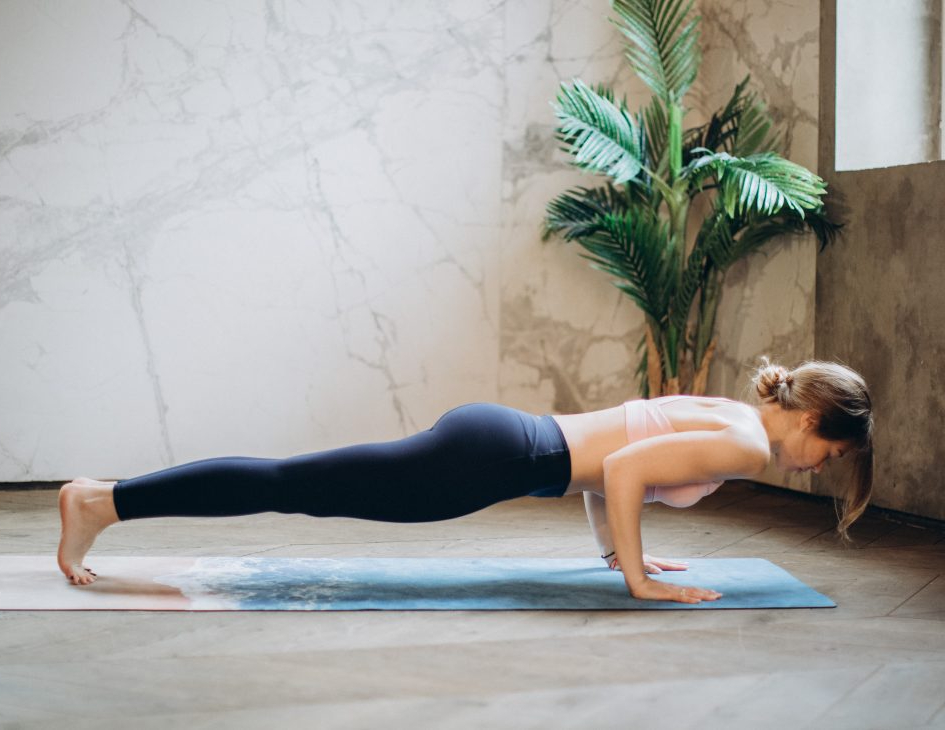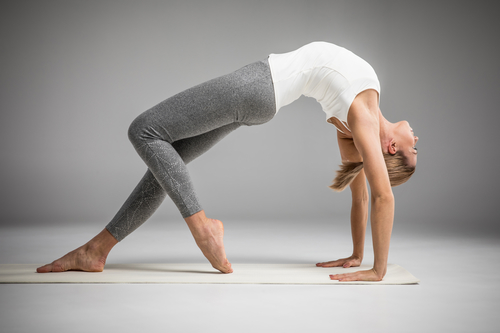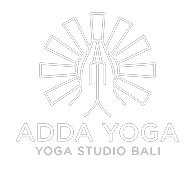ASHTANGA YOGA
Athletic and physically demanding style of yoga. Students follow a set sequence of postures each time,
gradually progressing through the series. Asanas are always the same during the series
Ashtanga Yoga Bali, Canggu , Seminyak
What is Ashtanga Yoga?
Ashtanga yoga is a system of yoga that was codified and popularized by Sri K. Pattabhi Jois. Ashtanga means eight limbs in Sanskrit, referring to the eight parts of the path outlined in the Yoga Sutras of Patanjali.
These eight steps are Yama (restraints), Niyama (observances), asana (postures), pranayama (breath control), pratyahara (withdrawal of the senses), Dharana (concentration), Dhyana (meditation), and Samadhi (absorption).
The Ashtanga yoga method requires that each posture be perfected before moving on to the next. This is done through a process of vinyasa, or linking movement with breath.
The breath is synchronized with an Ashtanga yoga posture sequence so that practitioners move from one asana to the next on an inhale or an exhale.
The Ashtanga yoga method is often called a power yoga method because of the dynamic and physically demanding nature of the practice.
It is not recommended for beginners or those with any health concerns. It is important to find a qualified Ashtanga yoga teacher before beginning a practice.


How to start your Ashtanga Yoga practice?
There are a few things you need to know before starting your Ashtanga Yoga practice.
Ashtanga Yoga is an athletic form of yoga, so it’s important to be in good shape and have some basic knowledge of yoga before starting.
It is also a very systematic form of yoga, so it’s important to follow the instructions of your teacher carefully.
Here are a few tips to help you get started with your Ashtanga Yoga practice:
- Talk to your doctor before starting any new exercise program, including Ashtanga Yoga. This is especially important if you have any health concerns or injuries.
- Find a qualified Ashtanga Yoga teacher. Ashtanga Yoga is a complex system of yoga, so it’s important to find a teacher who is experienced and can give you the individual attention you need to learn the practice safely.
- Start slowly and carefully. Ashtanga Yoga can be demanding, so it’s important to start slowly and
be aware of your limits. As you become more familiar with the practice, you can gradually increase
the intensity of your Ashtanga Yoga practice. - Listen to your body. Ashtanga Yoga is a physically demanding form of yoga, so it’s important to
listen to your body and take breaks when you need them. If you start to feel pain or discomfort, stop
and rest. - Be patient. Ashtanga Yoga is a systematic form of yoga, so it takes time to learn the different poses and techniques. Be patient with yourself and trust that you will progress in your practice over time.
What will you need to start your Ashtanga Yoga practice?
You will need a few things to get started with Ashtanga Yoga.
- You’ll need a yoga mat. Ashtanga Yoga is a very active and dynamic practice, so you’ll want a mat that provides good cushioning and support. You may also want to consider a yoga blanket or towel for added comfort and insulation.
- You’ll need comfortable clothing that won’t restrict your movement. Ashtanga Yoga involves a lot of movement and flowing sequences, so you’ll want to wear clothing that won’t get in the way or impede your progress.
- Finally, you’ll need some basic props to help with your practice. Ashtanga Yoga traditionally uses a strap and block to assist in certain poses.
A strap can help with stretches and binds, while a block can provide support and stability in standing poses. You may also want to have a bolster or pillow for relaxation at the end of your practice.


10 Health Benefits of Ashtanga Yoga
Following are some essential health benefits of Ashtanga Yoga:
- It can help improve your flexibility.
- It can help improve your strength and muscle tone.
- It can help improve your balance and coordination.
- It can help improve your cardiovascular health.
- It can help improve your mental health and well-being.
- It can help improve your respiratory health.
- It can help reduce stress and anxiety levels.
- It can help improve your sleep quality.
- It can help boost your energy levels.
- It can help you lead a healthier lifestyle overall.
The Final Note: How Ashtanga Yoga is different from other yoga styles?
The first major difference is that Ashtanga Yoga is a physically demanding form of yoga. It focuses on linking breath and movement with regular postures ( same series )
The next major difference is that Ashtanga yoga is practiced fast-paced differently than Hatha, Yin, or Restorative yoga.
On a final note, an Ashtanga yoga session is probably not for someone, who’s dealing with serious injuries, body pain, and body stress.
However, Ashtanga yoga is perfect for you if you’re searching for a yoga class to lose weight and gain muscle mass.
Come and join us in Bali, Canggu, Seminyak for our classes and Ashtanga yoga workshops !

